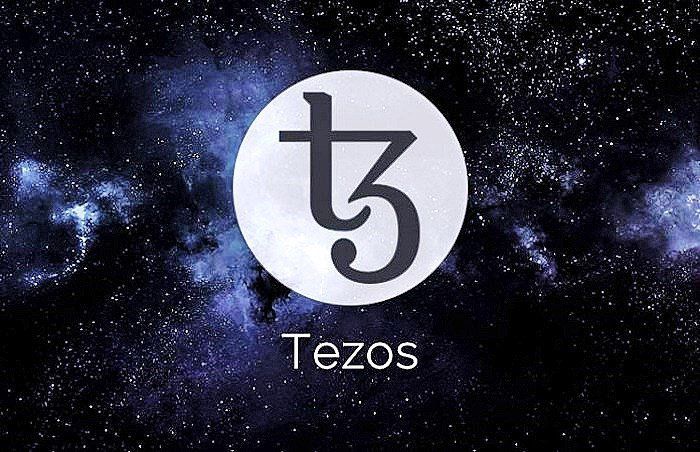
Tezos is a Turing complete PoS blockchain that was designed to be community-governed from the outset. This attitude has been adopted in order to cement some of the most crucial aspects of blockchains. Namely, that there ought to be no central point of failure and that the best asset of a decentralised network is the community itself.
What are lending protocols?
Since 2020, lending protocols have been one of the most important innovations in the DeFi space. The two largest, Aave and Compound, are extremely popular and extremely widely-used: Aave currently has a TVL of almost $12bn and Compound clocks in at $4bn.
DeFi lending protocols, also known as money markets, allow for anyone to lend out their assets in a decentralised way to earn interest.
If someone wants to borrow assets from the protocol, they can do that too. For this reason, lending protocols are commonly used to borrow stablecoins so that people can leverage up in a permissionless manner.
However, unlike in traditional finance, the world of crypto demands that all loans must be collateralised. This is one of the reasons that the crypto markets are so resilient: when the market is too leveraged and the leverage is wiped out through a series of liquidations, there is no longer any systemic risk.
Lending protocol Yupana to launch on Tezos
The lending protocol Yupana will soon be launching on Tezos, and will thus be the first non-custodial money market protocol on the blockchain.
Yupana is a project by MadFish, a leading software development company that has also developed the Quipuswap Dex and the Temple Wallet.
According to Blockchain Reporter, the goal of Yupana is to “expand the Tezos ecosystem and draw additional liquidity to Tezos applications”.
A huge boost for Tezos
According to Antony Sassano, lending protocols are some of the most important infrastructure that blockchains require in order to be able to compete and to gain mass adoption alongside decentralised exchanges and bridges.
Although Tezos is one of the older Turing complete blockchains, XTZ has not been able to effectively compete this cycle (in terms of market cap and price appreciation) as successfully as some of the newer blue chips such as BNB, AVAX and MATIC.
Perhaps one of the main reasons for this is the lack of EVM compatibility. Whereas the others can very easily bridge between Ethereum and their own chains, and are thus fairly interoperable, Tezos has struggled to gain this level of adoption.
Whilst the others have been able to partner with Aave and simply integrate with Aave’s existing structure (Optimism and Fantom two of the most recent examples of this), Tezos has not.
The team at Madfish hope that that may all change with the launch of Yupana.Finance, a project that adds a large amount of utility to the network if it can succeed.
Risks of smaller lending protocols
As with anything in DeFi, lending protocols can be risky. Even blue chips like Aave and Compound are still forced to contend with exploits at times.
Small lending markets such as Solend have had a particularly calamitous time recently. This project was extremely controversial: when the team realised that there was a single whale who dominated their TVL and ran the risk of being liquidated, they tried to turn to the protocol into a DAO to legitimise their decision of forcing through a vote to sell the whale’s entire position OTC.
Yupana is far smaller than Solend, given that the current TVL in the project stands at just $150k, but could function as a catalyst for further of adoption of the Tezos ecosystem, and could capitalise on the current lack of lending protocols on the blockchain.
Relevant news :
Tamadoge - The Play to Earn Dogecoin
- '10x - 50x Potential' - CNBC Report
- Deflationary, Low Supply - 2 Billion
- Listed on Bybit, OKX, Bitmart, LBank, MEXC, Uniswap
- Move to Earn, Metaverse Integration on Roadmap
- NFT Doge Pets - Potential for Mass Adoption